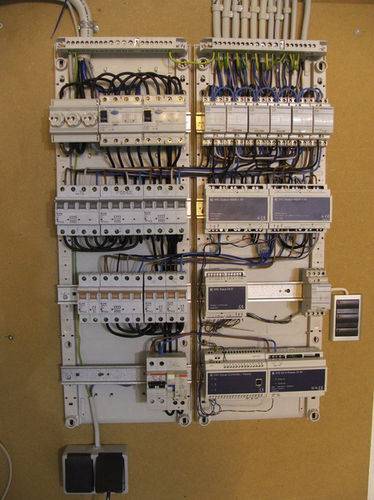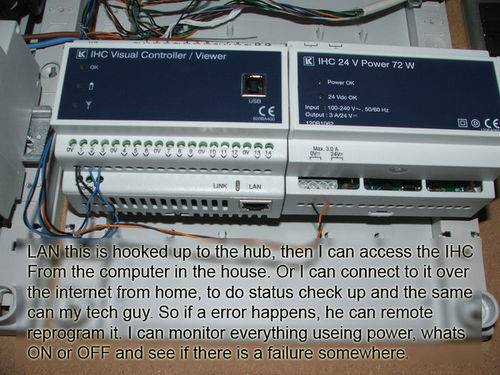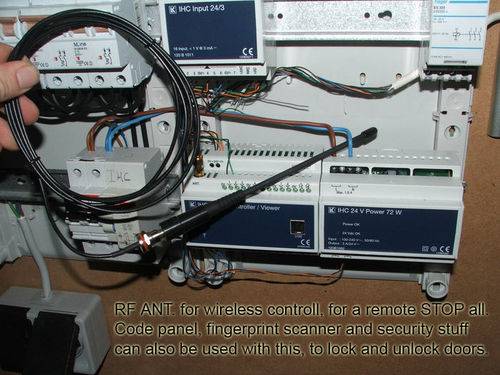K
kelimmo
imnotcrazy said:kelimmo: I like how your controller has ALL of the needed, switched functions integrated into ONE controller. Did you build or purchase that? It's built pretty nicely.
That's what I am planning to do as well, these controllers are also computer programmable. I am going to order the cable and software when I get the Analog I/O Module and CO2 probes
I've built everything on my own, DIY-style without any electrics education. It's actually pretty hard to get a hold of electrics equipment if you're not working at an company involved in electric installations around here.
The logic is really amazing when it comes to ease of use and all different possibilities of use.






 ! I'VE GOT TEN MINUTES TO MY NEXT CYCLE! It's cool
! I'VE GOT TEN MINUTES TO MY NEXT CYCLE! It's cool 












 hehehehehe
hehehehehe

